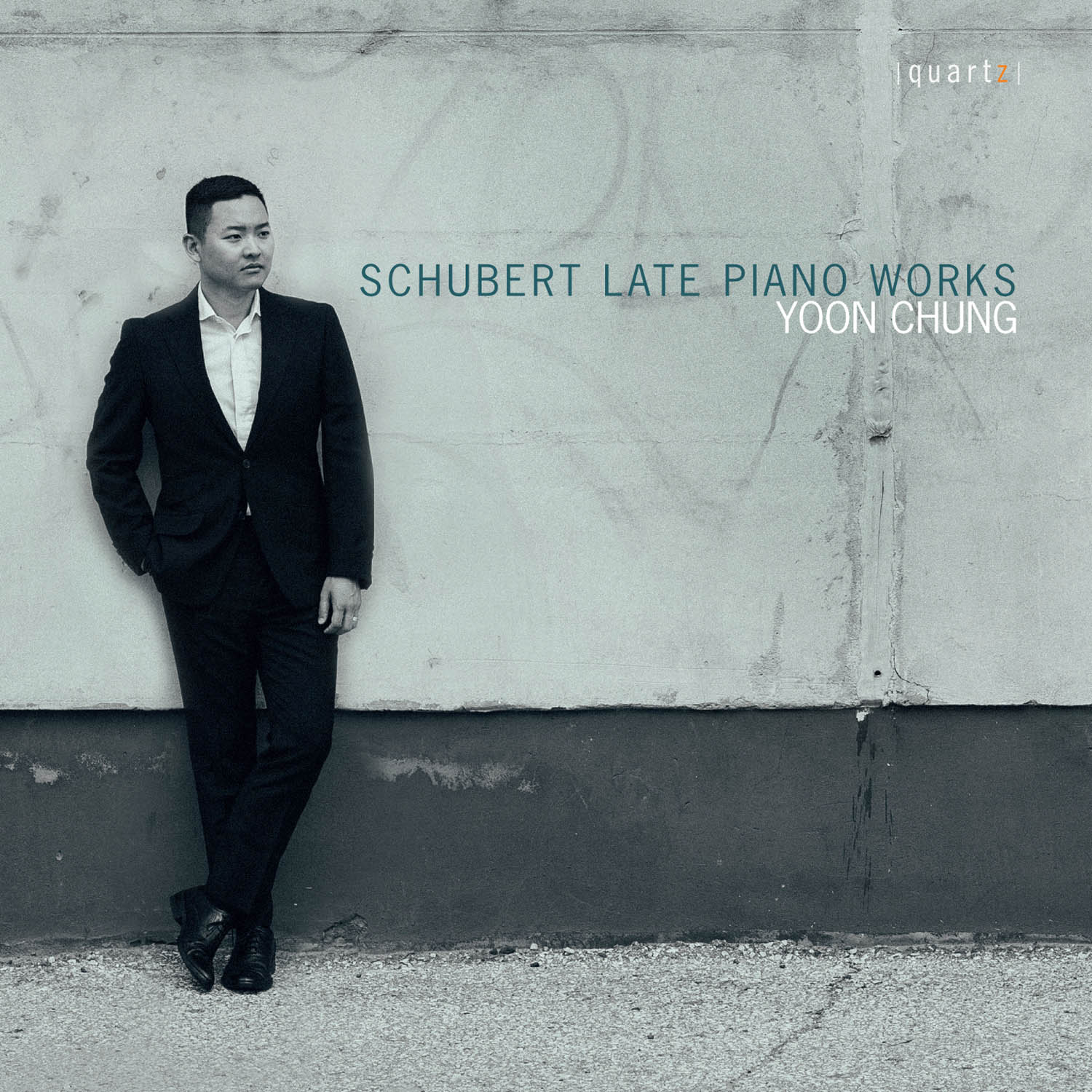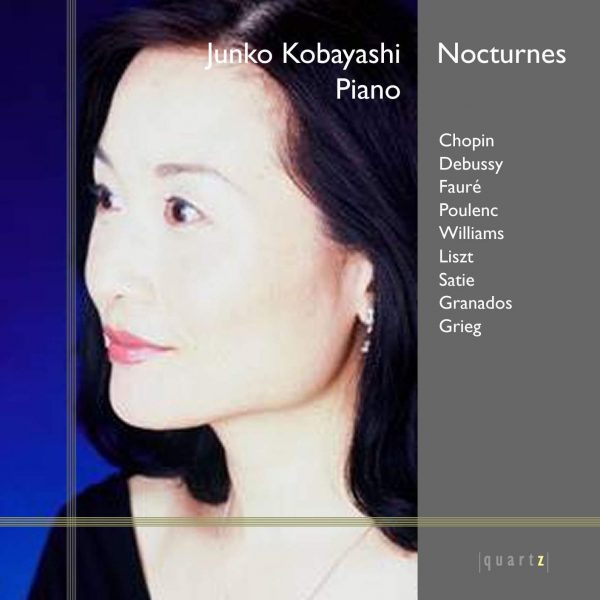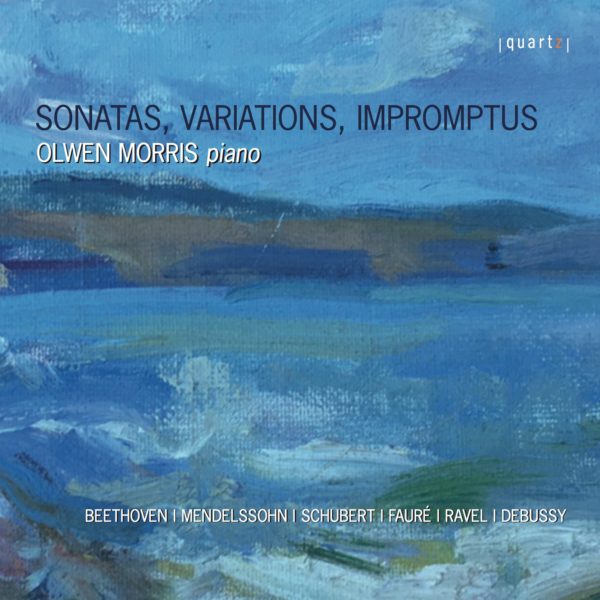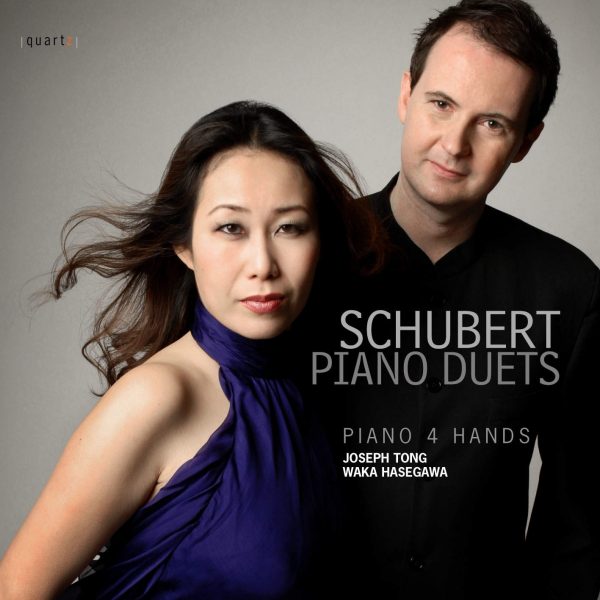Schubert – Late Piano Works
Price range: £5.99 through £11.99
Sonata in C minor, D.958
(i) Allegro
(ii) Adagio
(iii) Menuetto (Allegro)
(iv) Allegro
Drei Klavierstücke D.946
(i) No. 1 in E flat minor: Allegro assai
(ii) No. 2 in E flat major: Allegretto
(iii) No. 3 in C major: Allegro
About This Recording
Franz Schubert’s music was sadly underrated during his lifetime, eclipsed by more ostentatious displays of virtuosity, in comparison with which his style was deemed too contemplative. As the Viennese correspondent for the Dresdner Abendzeitung wrote after attending one of the composer’s ‘Schubertiads’: ‘There was unquestionably much that was good in what we heard, but smaller stars pale before the brilliance of Paganini, that comet in the musical firmament’.
There were brief glimmers of hope for Schubert in his final years, however. He attended Beethoven’s funeral alongside Johann Hummel (1778–1837), who had brought to Vienna his young pupil Ferdinand Hiller. It was Hiller who described a recital given shortly afterwards, hosted by Schubert’s opera-singer friend Katharina von Lászny, and given by the composer with baritone Johann Michael Vogl: ‘… a unique concert… Schubert had but little technique, Vogl had but little voice, but they both had so much life and feeling, and were so completely absorbed by their performances… it was as though the music needed no material sound, as though the melodies, like visions, revealed themselves to spiritualized ears’.
Hummel himself ‘was so deeply moved that tears glistened on his cheeks’. Schubert was in turn so moved by this reaction that he dedicated his final three piano sonatas to Hummel, although they were not published until 1839, when Artaria decided to dedicate them to Robert Schumann, Hummel having died in 1837. Schubert’s last three piano sonatas are all dated September 1828, but were probably written in the preceding few months. Like Mozart’s final three symphonies, they have distinct characters, but represent an impressive, tantalising final statement from composers whose lives were cut short by premature death. Schubert was acutely aware of Beethoven’s legacy, writing, ‘Who can do anything after Beethoven?’
Yet he was privately sufficiently confident of his own abilities to ‘admit’ the influence musically in the first of the three, the Sonata D.958, in which Beethovenian material abounds without attempts at concealment.
The opening statement is baldly Beethovenian, drawing inspiration from the latter’s 32 Variations in C minor (1806). But what follows bears Schubert’s own stamp; he avoids pastiche by treating the subject in his own inimitable way, both structurally, unfolding his own distinctive approach to sonata form, and through his own characteristic gestures, including the feverish, vivid drama of the opening. Indeed, the serene, richly-textured second subject, in E-flat major, is typical of Schubert, especially its excursion into D flat major.
The build-up to the recapitulation, too, diverts attention from the movement’s origins with a new texture, beginning pianissimo, exploring the first theme’s rising semitone, starting ominously in the bass, to be joined by semiquaver chromatic runs in the right hand, undermining the tonality and creating a new, two-part sonority. The passage has been likened to moments in late Beethoven, but Schubert may be credited with the originality of his approach; structurally, this new texture, which carries the significance of a new theme despite its lack of thematic clarity, takes on a significance all its own, extending into the coda.
The slow movement, the only Adagio included in any of Schubert’s mature sonatas, is in A-flat major. The noble restraint of the hymn-like first theme is underpinned by harmonic progressions which evoke a simple, almost childlike nostalgia. The theme is articulated in an eight-bar phrase, and then repeated with a slight shift into D flat during the fourth bar, setting the precedent for later harmonic journeying, which becomes increasingly adventurous later in the movement. The last appearance of the main theme is accompanied by triplets recalling Beethoven’s ‘Pathétique’ Sonata, Op.13, leading into a staccato bass reminiscent of the slow movement of Beethoven’s ‘Pastoral’ Sonata, Op.28.
Beethoven famously pioneered the shift from the minuet to the scherzo as a staple movement in chamber and symphonic works, but Schubert toys with the ambiguity between the two by entitling his movement a minuet and marking it Allegro. The result is an interlude which possesses the quality of a Romantic intermezzo. The ambiguities continue within the material itself, featuring elusive, irregular phrasing and abrupt silences. These are not necessarily felt as Haydnesque playfulness, but as knottier problems to be solved; although Schubert’s early sketches of this movement reveal that such a dramatic approach was a relatively late inspiration. The trio, in contrast, is an ingenuous Ländler in A flat.
The final movement may feel overwhelming on a first listening and, as a consequence, can be unfairly overlooked. It is in a similar galloping nocturnal vein to some of the songs, such as Erlkönig, and the finales of the ‘Death and the Maiden’ and G minor quartets. The music tumbles through an astonishing array of material in an almost neurotic frenzy, with an exposition lasting for nearly 250 bars, and a development section of over 180 bars. This is not to reduce the movement to statistics, however. Tarantella rhythms create a grim atmosphere – a Schubertian speciality – and in the development the insistent main theme is transformed into something gentler – though, perhaps, with a nightmarish undercurrent. Schubert’s first two piano sonatas had been published in the spring of 1826, in Vienna. On the back of this, the composer approached two Leipzig publishers – Heinrich Albert Probst and Brietkopf & Härtel – offering them a selection of chamber works. The response was discouraging, and both suggested he send them some smaller-scale, lighter items. This may have prompted the composition of a series of shorter piano pieces in the following couple of years, including several Moments musicaux and, in 1828, the Drei Klaviertstücke, D.946.
The autograph score of D.946 is rougher-around-the-edges than many of Schubert’s final manuscripts, lacking the finishing touches often seen prior to publication. Indeed, it is not altogether certain that these pieces were intended to be grouped together. It was Brahms who edited the works before their first publication in 1868, assigning to them the straightforward title, ‘Drei Klavierstücke’, although they may fairly be described as impromptus.
The stormy opening piece unfolds in E-flat minor, with a warm, lyrical central section in the remote key of B major. The second piece has the rocking character of a barcarolle, contrasted with two minor-key episodes, the second of which brings a change in meter. The third piece begins and ends in C major, and features a syncopated main theme, with a meditative central section. Yet the piece ends in thrillingly triumphant vein, with passages of virtuosity as dazzling as anything Paganini might have had to offer.
What is striking about the Drei Klavierstücke and the C minor Sonata is the remarkable manner in which Schubert’s piano writing forms a bridge between the gravitas of Beethoven on the one hand, and the tempestuous experiments of Romanticism on the other. It is difficult to understand how little acclaim these works received when they were composed. There were those who recognised Schubert’s exceptional talents, however; among them, Robert Schumann, the accidental dedicatee of the last three piano sonatas, who wrote of Schubert’s piano music: ‘He has sounds to express the most delicate of feelings, of thoughts, indeed even for the events and conditions of human life’.
© Joanna Wyld, 2015
Track Listing
-
Franz Schubert
- Sonata in C minor D.958 (i) Allegro
- Sonata in C minor D.958 (ii) Adagio
- Sonata in C minor D.958 (iii) Menuetto (Allegro)
- Sonata in C minor D.958 (iv) Allegro
- Drei Klavierstucke D. 946 (i) Allegro assai
- Drei Klavierstucke D. 946 (ii) Allegretto
- Drei Klavierstucke D. 946 (iii) Allegro




